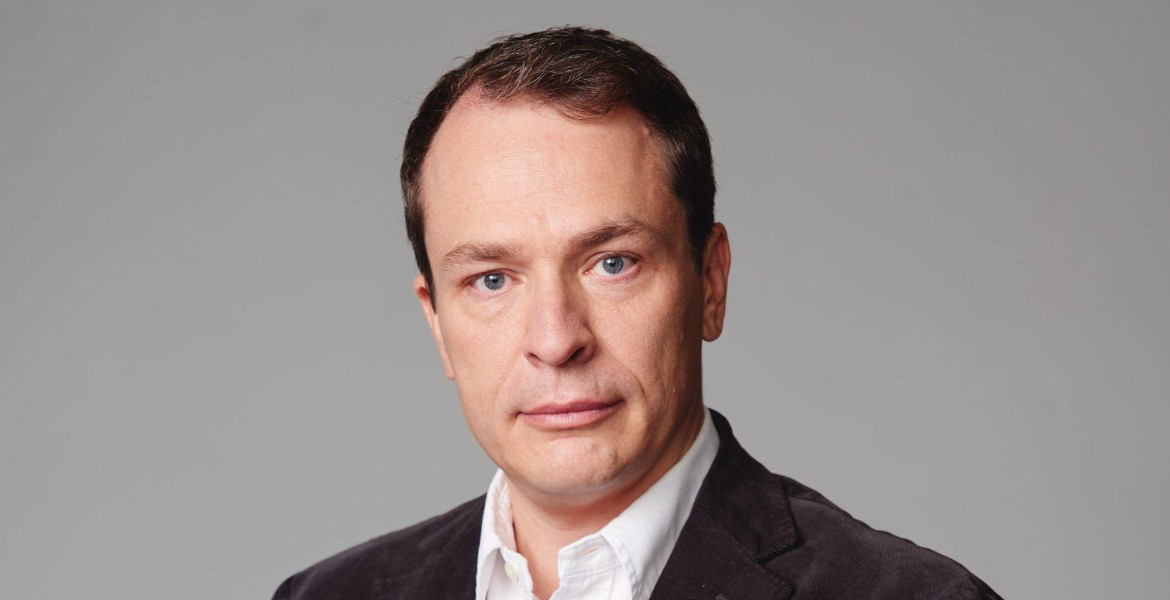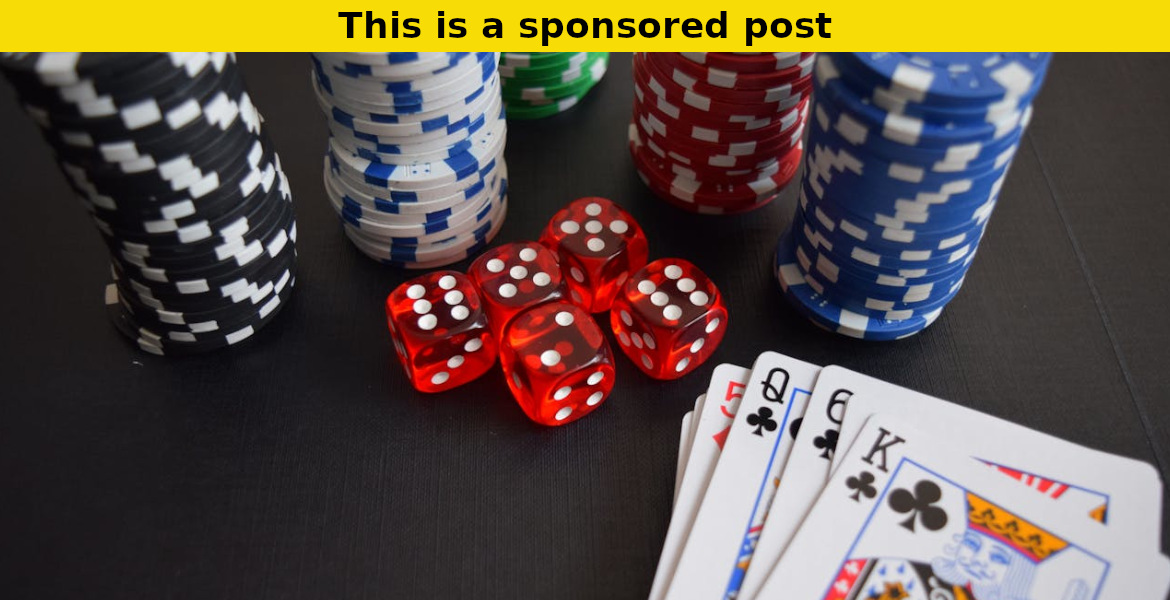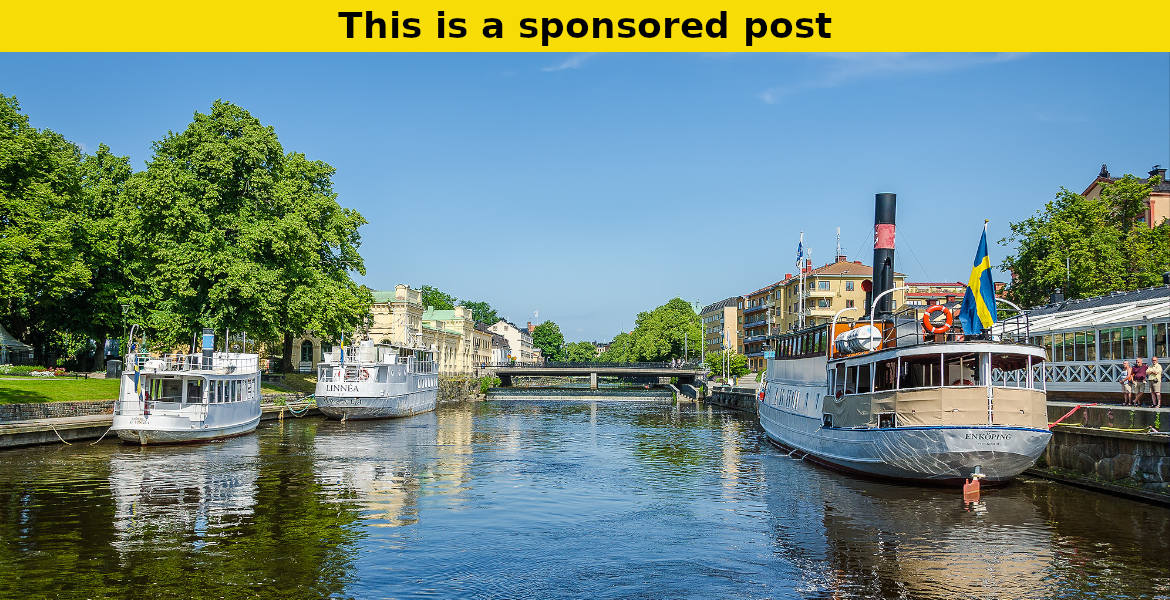In today’s competitive landscape, tech startups and established companies aren’t just battling for user attention—they’re also competing for investment. With capital becoming harder to secure, especially in a tightening funding environment, Alexey Bashkirov, a private investor and founder of the Donum charitable foundation, offers valuable guidance. Drawing on his experience with tech investments across Southeast Asia, India, and Europe, he outlines what separates fundable companies from those that falter.
Why Startups Often Struggle
The statistics are sobering. According to Moneyzine, 90% of startups fail, with nearly two-thirds of those failures happening in the IT sector. Global investment in tech also dropped significantly—by 61% between 2021 and 2023, according to CB Insights. But financial challenges are only part of the problem.
Startups often collapse because of internal misalignment, flawed business models, and short-sighted decision-making. Many companies don’t take the time to define a large-scale, meaningful problem they aim to solve. Instead, they respond to short-term user trends without a sustainable strategy.
Take Uber, for example. It wasn’t simply about ordering taxis through an app. The deeper value came from offering a dependable solution to systemic transportation issues. Success, Alexey Bashkirov emphasizes, comes from addressing fundamental needs—not superficial desires.
Navigating the Extrapolation Stage
A less discussed but critical phase in a company’s life is what Bashkirov refers to as the “extrapolation” stage—the point when a startup must transition from aggressive growth to sustainable profitability.
SoundCloud is one notable case. From 2012 to 2013, the company saw its user base grow from 10 to 150 million, but expenses outpaced revenue. Despite its popularity, SoundCloud struggled to build a scalable, monetizable business. Without adapting its model, it couldn’t translate growth into long-term success.
At this stage, startups must be willing to reassess how they operate. That might involve redefining company culture, restructuring teams, or even completely pivoting the business model. These decisions aren’t signs of failure—they demonstrate strategic awareness.
Questions Founders Must Ask
At the extrapolation stage,Alexey Bashkirov encourages startup teams to confront a few essential questions:
-
What are our measurable business goals, and are they realistic within our market and team capacity?
-
What specific actions and resources are needed to achieve these targets?
-
What are the biggest barriers to growth, and how have others in similar positions addressed them?
If existing strategies don’t work, founders should develop and test new models on a small scale before scaling further.
How Investors Evaluate Tech Startups
Every investor approaches opportunities differently, but successful startups tend to share some universal traits. Bashkirov explains that the most telling indicator of long-term potential lies in the company’s unit economics—a framework that evaluates profitability at the customer or transaction level over time.
From his portfolio of nine international tech investments:
-
One company failed entirely
-
Two underperformed expectations
-
Two (in FinTech and EdTech) delivered breakout success
-
The remaining four showed stable, sustainable growth
This kind of distribution is typical and underscores how vital it is for startups to show deep understanding of their own financial mechanics.
The Two Most Important Metrics
Investors like Bashkirov Alexey focus closely on these performance indicators:
1. LTV/CAC Ratio
LTV (Lifetime Value) is the total revenue a company expects to earn from a single customer. CAC (Customer Acquisition Cost) is what it takes to acquire that customer. A healthy company typically has an LTV that is at least 4–5 times higher than its CAC. This indicates that customer relationships are profitable enough to cover marketing and sales expenses and still leave room for reinvestment.
2. Payback Period
This metric measures how long it takes to recover the cost of acquiring a customer. The shorter the period, the quicker the startup can reallocate revenue toward new growth. A long payback period—even with a good LTV/CAC ratio—signals capital inefficiency and slower scalability.
Why Cohort Analysis Matters
Cohort analysis tracks how groups of customers behave over time, revealing trends in retention and profitability. Bashkirov shares an example from one of his EdTech investments, where each new customer cohort became more expensive to acquire, while their lifetime value remained flat. This imbalance pointed to market saturation and prompted a complete shift in acquisition strategy.
The Bigger Picture: What Investors Are Really Looking For
Alexey Bashkirov emphasizes that for today’s tech companies, investor capital is not a given—it’s earned through strategic clarity and execution. To stand out, founders must:
-
Solve real, large-scale problems
-
Demonstrate a clear path to profitability
-
Show fluency in unit economics and market positioning
In the end, it’s not just about fast growth. What truly matters is the ability to scale profitably, adapt thoughtfully, and build businesses that are resilient, not just exciting.






